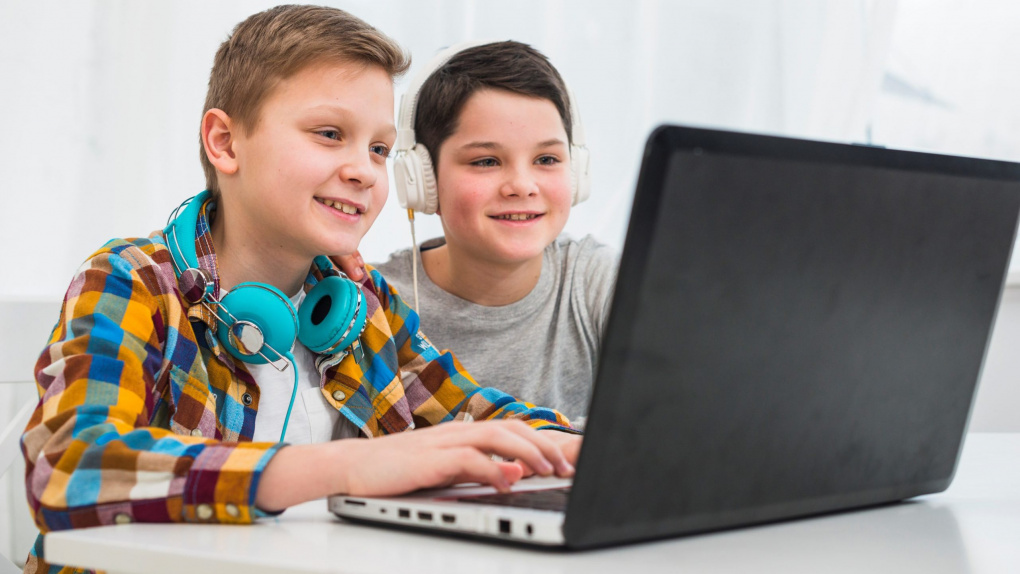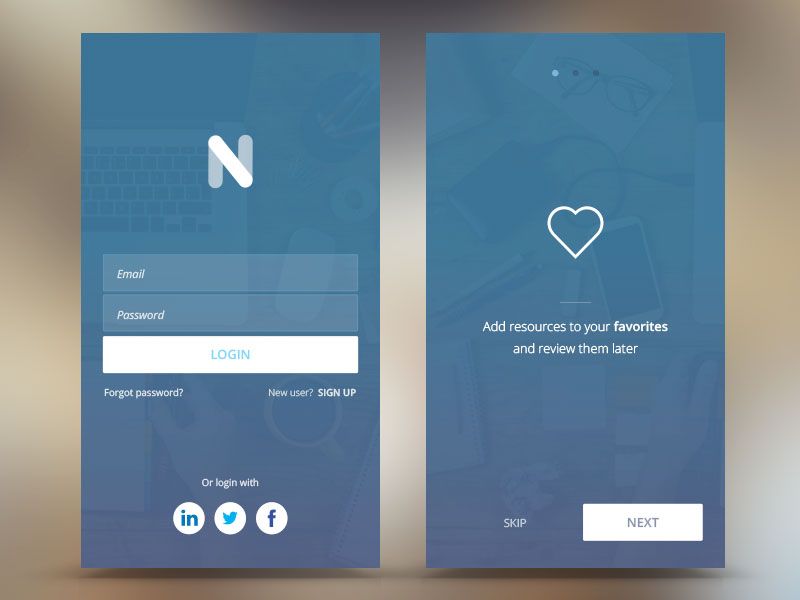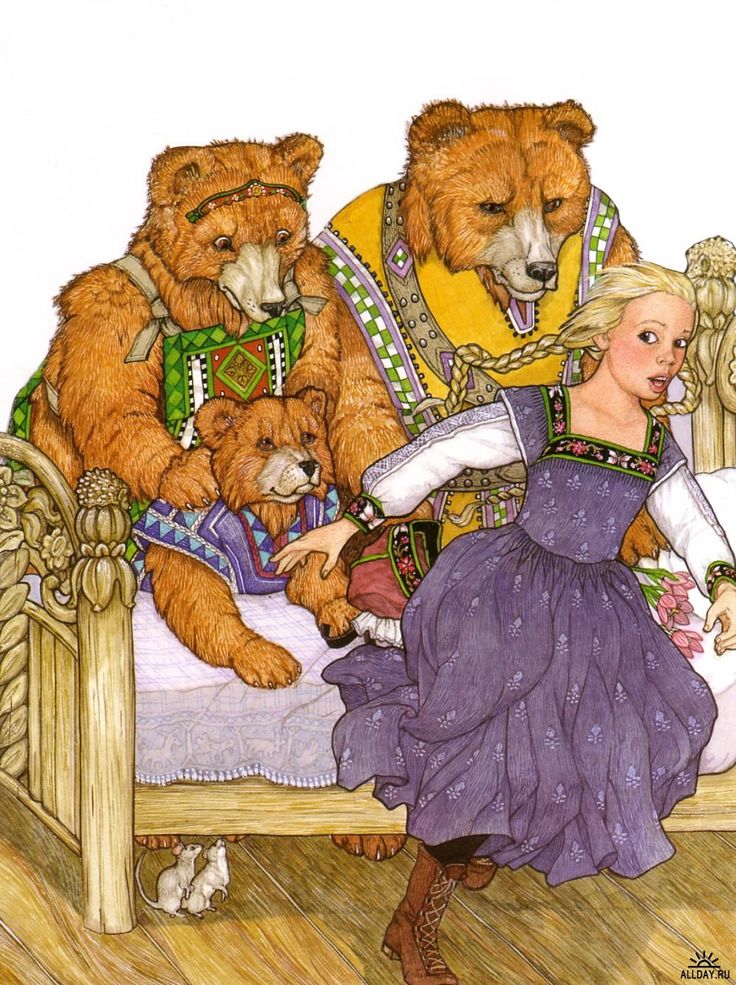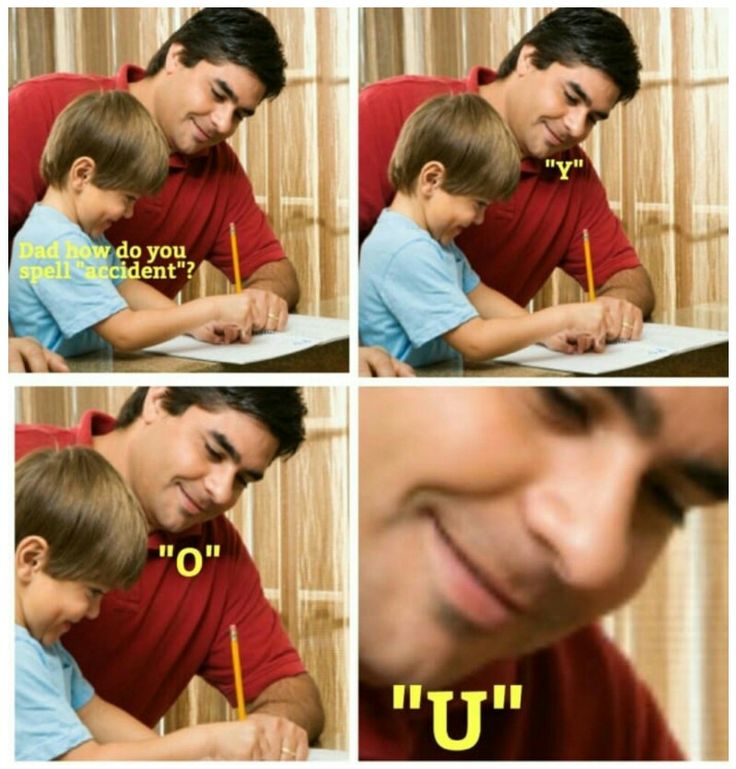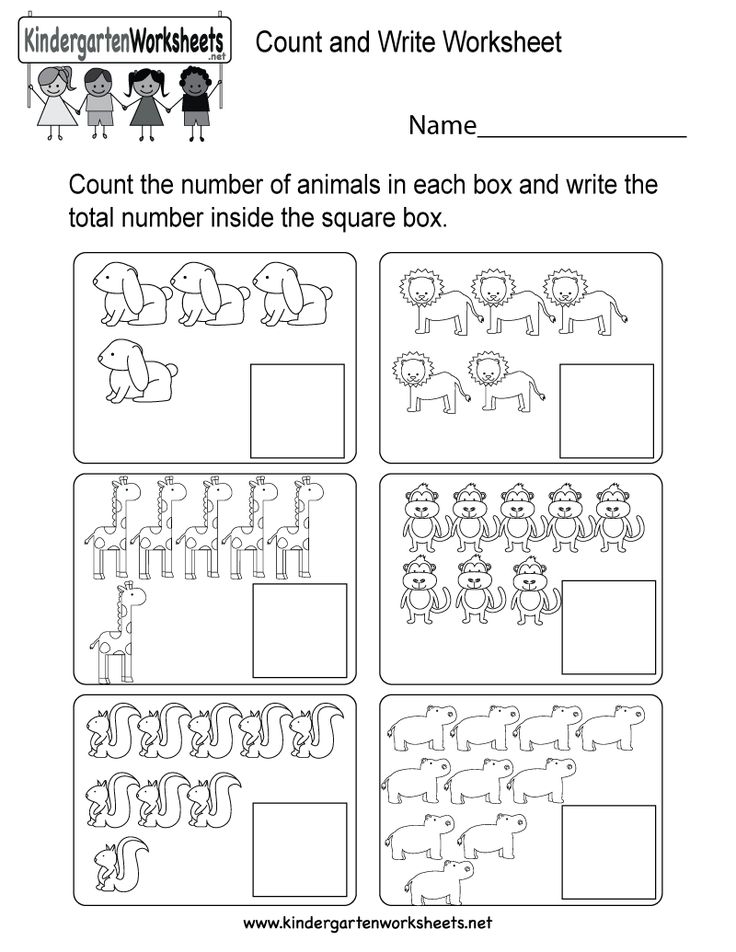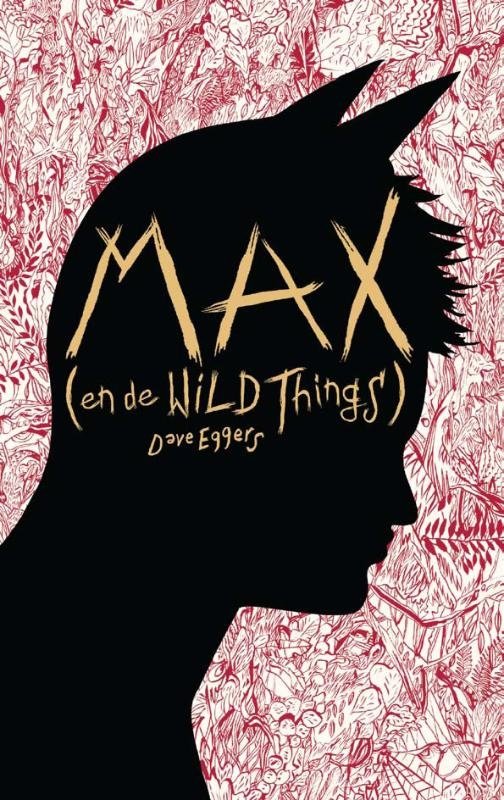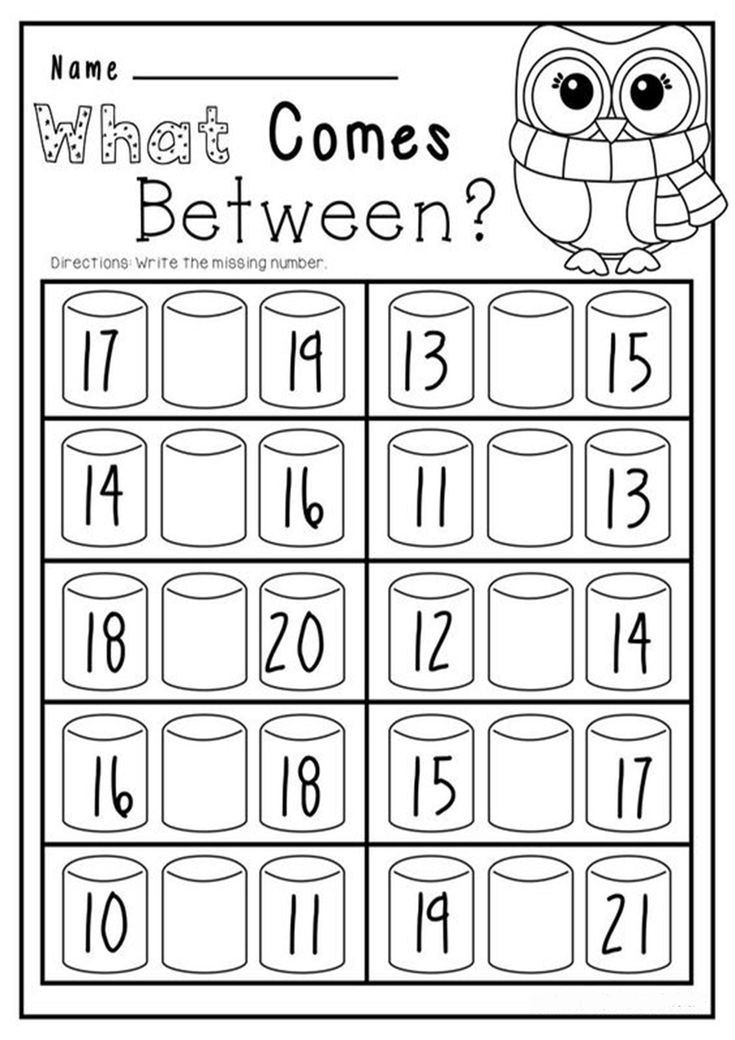Letter and sounds games
6 Fun Letter-Sound Correspondence Games For Young Readers
What Is Letter-Sound Correspondence?
Letter-sound correspondence means exactly what the words say: It is the understanding that every letter corresponds to a specific sound or set of specific sounds.
Having a good grasp of letter-sound correspondence is crucial to learning to read. Think back to when you were learning to read. You were probably told to “sound out” words that were hard for you.
This was a good suggestion, but it required your knowing the letter sounds so that you could, sound-by-sound, figure out the unknown word.
That’s because letter-sound correspondence is at the heart of phonics and is the key to cracking the alphabetic code.
Is Learning Letter-Sound Correspondence Important?
This question gets an enthusiastic “yes” from us!
Without a solid understanding of letter-sound correspondence, children will struggle to learn how to read. They can end up relying on memorizing words, which will only work for a short time.
In order to read, then, your child must first see letters in a word, match each letter to a sound, and then blend those sounds to read the word. Eventually, this becomes automatic and reading becomes fluent.
We all know that a rock-solid foundation in the basics will encourage confidence, something your child will need in their toolbelt as they embark on their journey to becoming a strong, independent reader!
6 Fun And Easy Letter-Sound Correspondence Activities
1) Say The Sound
This first activity is simple but fun and effective!
To begin, you’ll give your child a letter. Feel free to use any kind of letter you want — cut one out of cardstock, draw one on a piece of paper, etc. — but those magnetic letters that stick on the fridge may work best.
The goal of the game is for your child to say the sound that matches the letter you hand them. (Hint: you may have to remind your child not to use the letter name but only the letter sound. )
)
If they say the right sound, they get a point!
To make it more interesting, you can set a specific number of points for your child to reach. Once they reach 10 points, for example, they win the game!
2) Goldfish Toss
For this activity, your child can get a little more physical! If you’d like to give it a try, gather a big bowl and a pile of Goldfish treats (or any other small snack that’s easy to toss if you don’t have Goldfish crackers on hand).
When you’re ready to begin, say the name of a letter and let your child give the matching sound. When they say the correct letter sound, they get to throw a Goldfish cracker into the bowl.
The goal is to fill up the bowl with as many Goldfish as they can. And at the end of the game, you can go straight into snack time!
3) Letter Hop
The best part of this activity is that it gets your child moving and jumping. Not only will their brain be working, but their body will be, too!
For this game, you’ll need several target letters — B, T, and M for instance.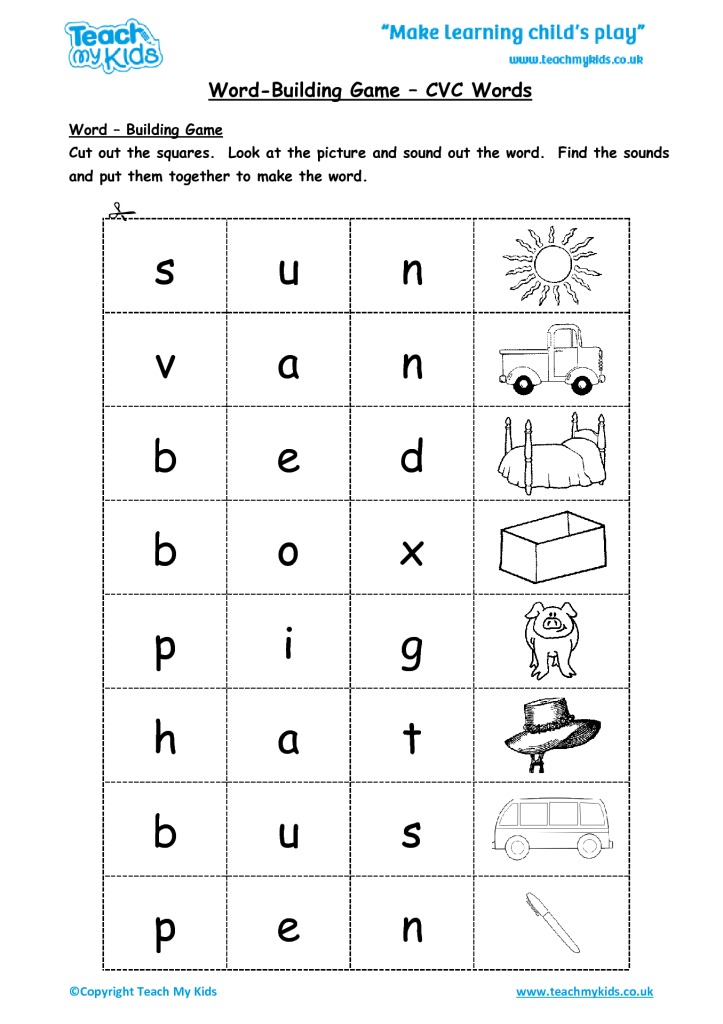 Write each one on its own sheet of paper.
Write each one on its own sheet of paper.
To begin, hold up one of the letters and say a sound. If the sound you said matches the letter you’re holding, then your child can make one giant hop toward you. Continue with another letter or repeat the same letter.
As your child gets better at the game, you can say a word instead of a sound. If the first sound in the word matches the letter you’re holding, then your child gets to hop.
The goal is to reach you in less than 10 turns. For even more fun, involve multiple kids and see who can reach you first!
4) Letter-Sound Treasure Hunt
This activity is another simple but effective one. It’s like your child’s very own letter-sound correspondence treasure hunt!
To play, you’ll need several magnetic letters and a pillowcase. Drop all of the letters into the pillowcase, and then say a letter sound.
The goal is for your child to grab one letter at a time — for more of a challenge, doing so without looking! — until they pull the matching letter out of the bag.
5) Limbs And Letters, Oh My!
For this game, your child won’t just hear the letter-sound correspondence with their ears. They’ll make it with their arms and legs, too!
Every time you say a letter sound, your child will try their hardest to twist their body to make the shape of the letter that matches the sound they heard. This is sure to end in fits of laughter as they wiggle across the floor to bend their body into an “S” shape.
You can take turns making shapes with your bodies and contorting yourselves to look just like the alphabet! And feel free to partner up if your child can’t quite make the shape of a letter with only their body.
6) Muffin Pan Challenge
If you’re interested in trying this activity, you’ll need six letters, a muffin pan, and two sets of different small objects (coins and paper clips work great!).
To play, you will use one of the objects, while your child uses the other. You could be coins and your child could be paperclips, for example.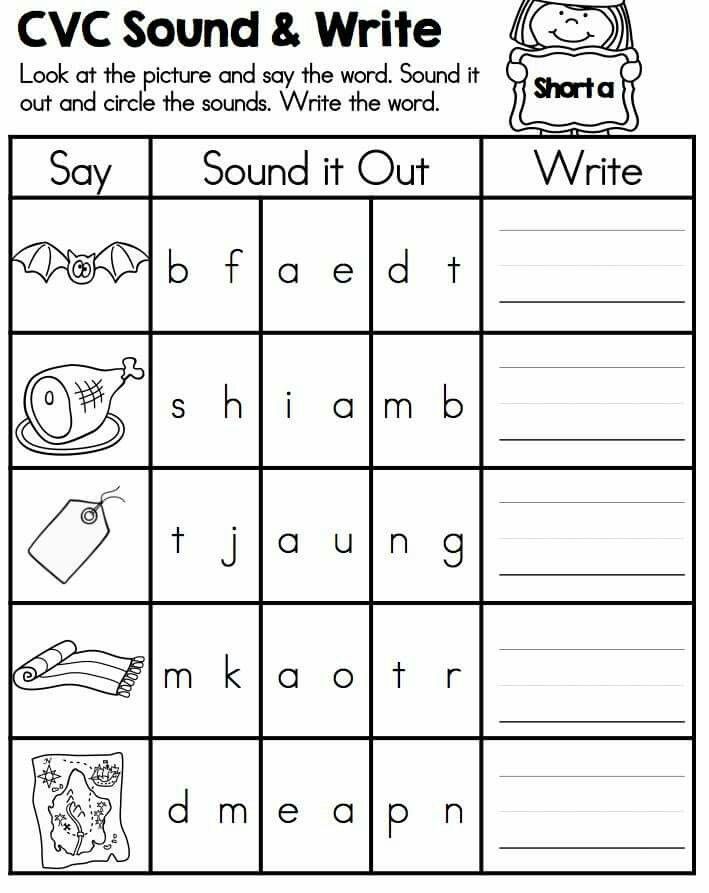
Place a different letter in each cup of the muffin pan. Say the sound of one of the letters and let your child try to drop a paperclip into the right cup. If they succeed, they get to claim that cup!
Next, your child can say the sound of one of the letters and have you toss a coin into the corresponding cup. (It doesn’t hurt if you have a LOT of trouble getting your coin in the right cup!) When you get the letter correct, you claim the cup.
When all the cups are full, whoever has the most items in the pan wins. And then, while you’ve got it out, maybe you can use the muffin pan to make a sweet treat together!
Letter-Sound Correspondence For A Bright Future
We hope that these activities were helpful! Remember, all children are unique. A letter-sound correspondence game that works for one of your children may not do the trick with their siblings.
Don’t fret! There’s a perfect fit for every child. And we know that with you guiding them, your child will master letter-sound correspondence in no time!
At HOMER, we’re always here to lend a helping hand, and we would love to be a part of your routine! Our Learn & Grow app offers tons of personalized, effective activities to develop your child’s reading skills — letter-sound correspondence included!
Author
Letters and Sounds, English Games for 5-7 Years
- 3-5 Years
- 5-7 Years
- 7-11 Years
Play these fun English Games for 5-7 year olds
Choose a Category:
Letters and Sounds Punctuation Words and Spelling Learning to Read Writing Stories-
Balloon Phonics
Balloon Phonics is a game which focuses on three letter words (cvc).
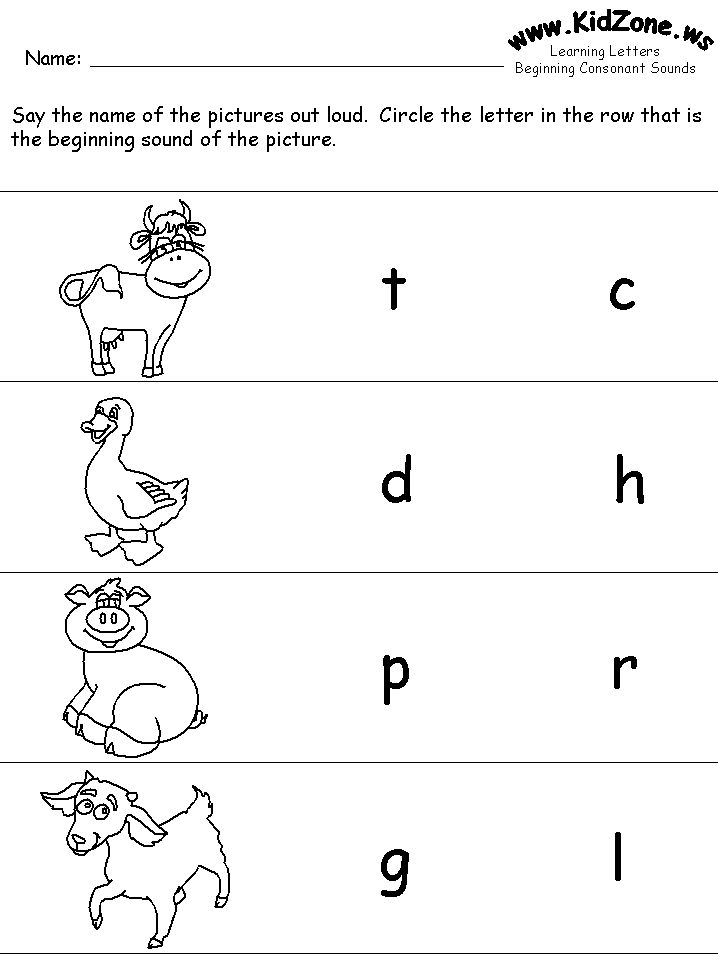 There are three game modes: Initial sounds, Middle sounds and End sounds. Appropriate for Phase 2 Letters and Sounds.
There are three game modes: Initial sounds, Middle sounds and End sounds. Appropriate for Phase 2 Letters and Sounds. -
Phase 2 Phonics
The 16 Learner Guides support children learning Phase 2 of the Letters and Sounds phonics programme. The fun videos help children to see letter sounds in words. It supports correct letter formation too.
-
Phase 3 Phonics
Twenty-seven short videos to support Phase 3 phonics from the Letters and Sounds programme.
-
Help a Hedgehog
A super read the word challenge game. You have 90 seconds to read as many words as you can. The words are matched to Letters and Sounds Phases 2 and 3 or you can enter your own words.The game helps decoding and blending words.
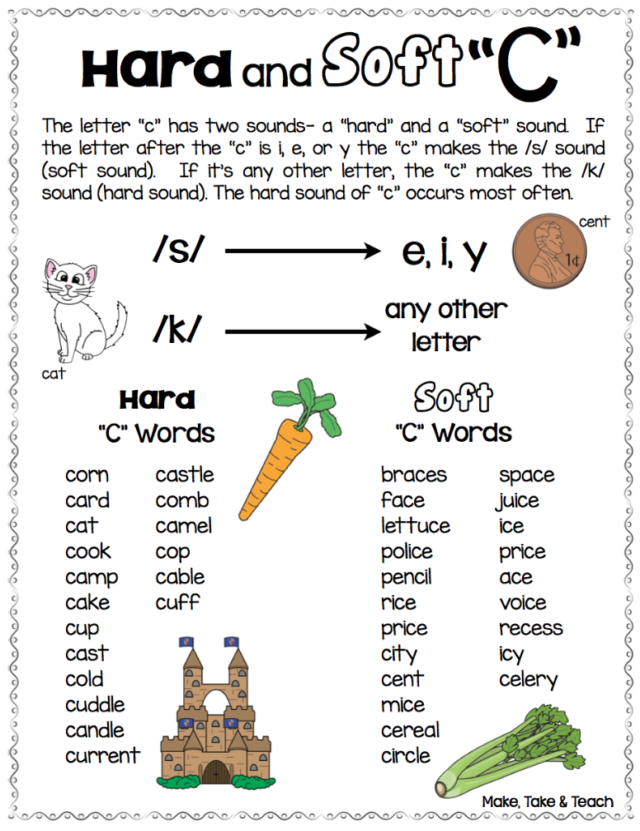
-
Spooky Sounds
Children will love this game where they need to identify the phonemes which match sounds. This game is linked to the Letters and Sounds programme.
-
Short Vowel Word Machines
Can you read the three letter (CVC) words on these animated word machines?
-
ReadwithPhonics.com
Learn each phonics sound by playing 7 fun free phonics games. Each phonics game gets progressively harder and teaches you a range of skills, from segmenting and blending, word comprehension, grapheme recognition, pseudo words and more.
-
Sound Sayer
A teaching tool to support whole-class or small groups with phonics teaching.
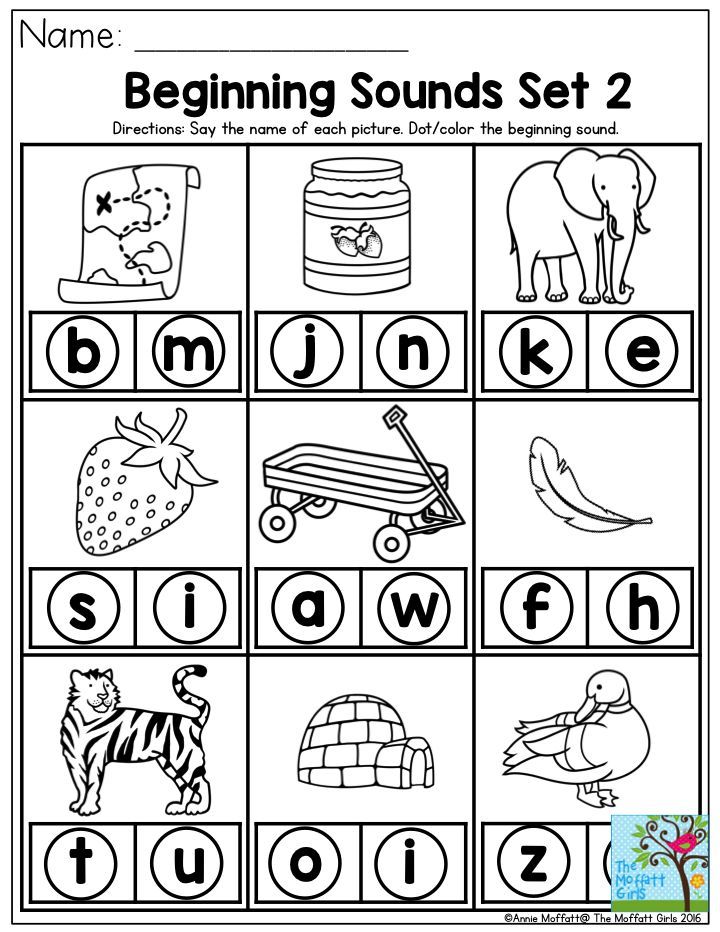 It can support parents too when they are helping their child with reading at home.
It can support parents too when they are helping their child with reading at home. -
Sky Writer
A handwriting demonstration tool which demonstrates correct letter formation. It works well as a whole class activity on an interactive whiteboard or in a group situation on a tablet. It includes a cursive writing option.
-
Viking Full Circle
Launch the Viking ship by completing the spellings in this Full Circle game which is linked to the Letters and Sounds phonics programme, Phases 2 and 3.
-
Find Beginning Letters with Words and Pictures
Di is an artist who paints phrases. Help her paint three pictures by matching words that begin with the same two consonants. Select two words that begin with the same letter pattern, such as 'sheep' and 'shoe'.

-
Blending Bingo
Play Bingo in a class situation or just use on an individual basis to practise your blending skills. The words match those in Letters and Sounds.
-
Starfall - Learn to Read
This site can help you to learn to read. There are good quality games and animated stories. You can click on words to see what they say. This site can help you to learn the sounds that letters make.
-
Forest Phonics
Forest Phonics is a spelling game where you can select the phonemes you want to focus on.
-
Phonics Bloom
Phonics Bloom create interactive online phonics games to help teach children the relationship between letters and sounds and develop the skills needed to read and write.
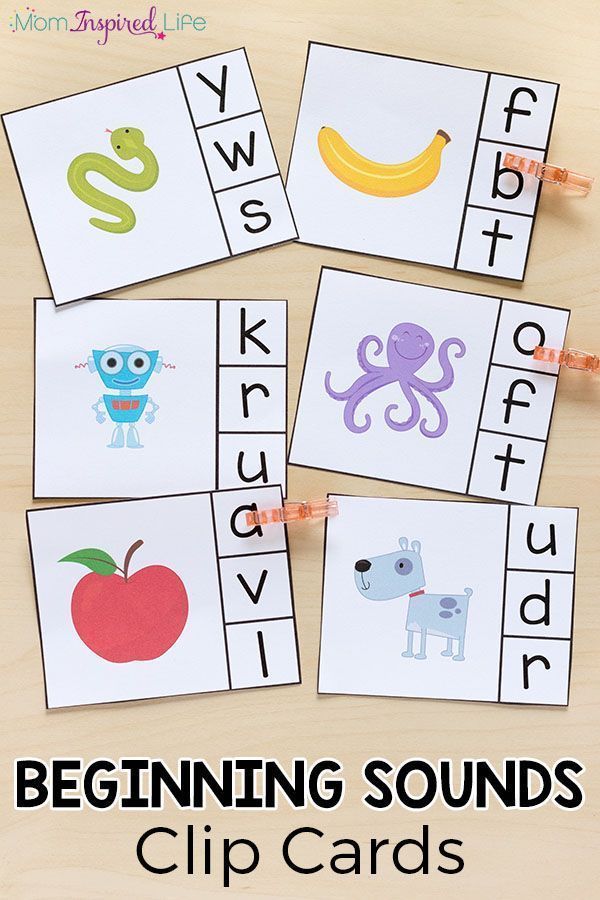
-
Suffix Factory
Designed to meet requirements of Phase 6 Letters and Sounds, this game covers doubling final consonants, dropping final e and changing final y when adding ed, er and ful.
-
Final Letters
A game where you need to find words with the same two letters at the end. See if you can find the words with the same ending sounds.
-
Last Letter
A game where you need to find words ending with the same letter. See if you can help the character Di paint her pictures.
-
Letter Planet
Fill up the rocket with fuel by choosing the words that have 'sh', 'ch' or 'th' in them.
-
Poop Deck Pirates
A phonics game which can help you to build words.
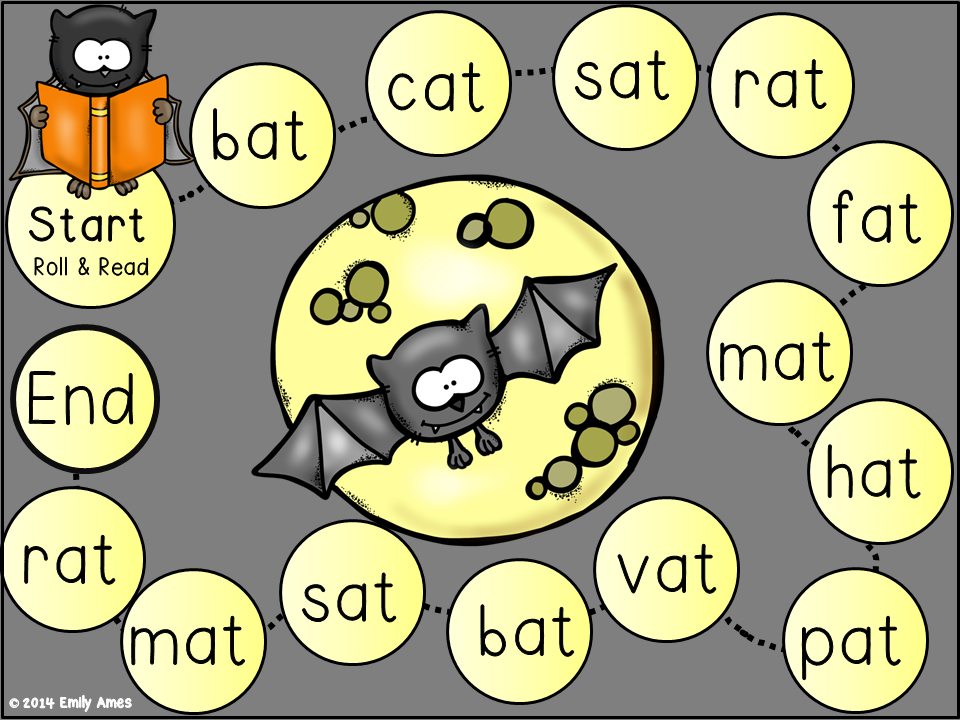 Read the words and decide if they are real words or not. The game links to phases 3, 4 and 5 of the 'Letters and Sounds' programme. It works well on an interactive whiteboard.
Read the words and decide if they are real words or not. The game links to phases 3, 4 and 5 of the 'Letters and Sounds' programme. It works well on an interactive whiteboard. -
Stamp and Grunt
A phonics game which looks at CCVCC words for Phase 4 Letters and Sounds.
Sound and letter games | Consultation (senior, preparatory group):
"Games with sounds and letters".
Parents first need to be taught to distinguish sounds in a word, and then to replace the sound with a letter. The main thing is to do it while playing.
You can play with your child everywhere: in transport, at a bus stop, in a supermarket, while waiting for a doctor. Even when preparing dinner in the kitchen, you can play with the sounds.
It is better to start with those that stretch easily: a, y, o, i, l, m, n, s, h, sh.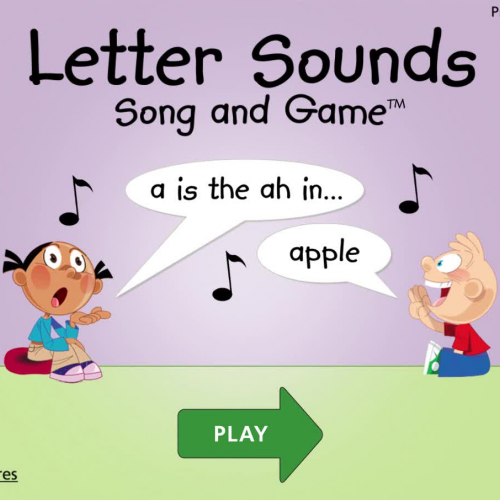 Naturally, sounds that the child does not pronounce should be avoided. The more family members take part in the game, the more interesting it will be.
Naturally, sounds that the child does not pronounce should be avoided. The more family members take part in the game, the more interesting it will be.
Here are the simplest games with sounds.
- Ask the child: “What sound does the word a-a-ist begin with?” Lightly pull the first sound. After waiting for an answer, ask: “Is there a sound a in the words: “watermelon”, “beetle”, “onion”? What words contain the "a" sound? Choose words with your child. To make the game more interesting, set the order: for a correct answer, the child receives a forfeit, for a mistake - he gives a forfeit.
- Here is a more difficult game: you name a word, the child answers with a word beginning with the same sound. Then he calls the word, and you, answering, are mistaken. Let him find a mistake, give him a phantom for it.
- Even harder: with your child, make up a chain of words, starting with the next sound of the previous word. For example, "ball" - "suitcase" - "nose" - "sled" - "needle", etc.
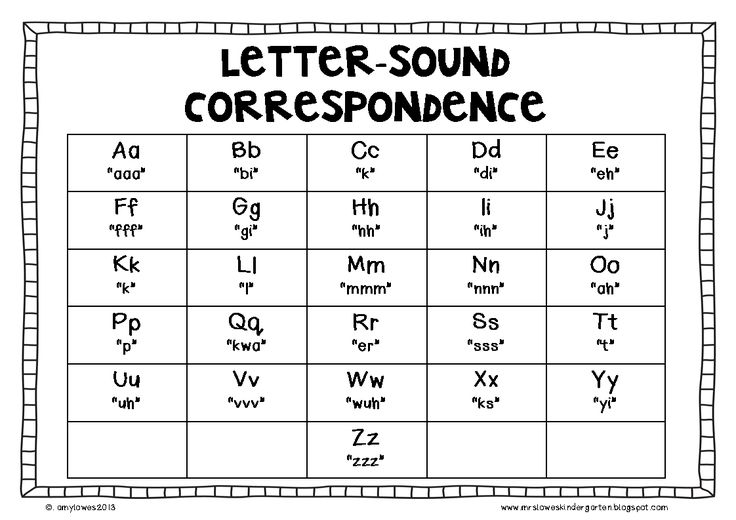
- Children love to play lotto. It is desirable that several people take part in the game. The host has chips, and the rest have cards with pictures. The host asks: “Who has a word that begins with the sound p?” The hand is raised by those who have on the cards images of objects whose names begin with this sound. They receive chips and cover the image with them. The winner is the one who first closes all the pictures on the card.
- And how children love to play with the Sound Eater!
Introduce your baby to him. Say: “Sounds have a terrible enemy - the Sound Eater. It feeds on sounds. Here, in our kitchen, the Zvukoedik ate the first sounds in some words. Guess which ones: (k) ran, (sh) kaf, (s) tul, etc.
The next time the Sound Eater can eat the last sound in the words: “hundred (l)”, “hundred (l)”, “cymbal (a)”, etc. Come up with a new story each time. The sound-eater can get into the garden, the store, the street, the circus, and go fishing.
Play with the Sound Geek until the child can easily identify the first and last sounds in words.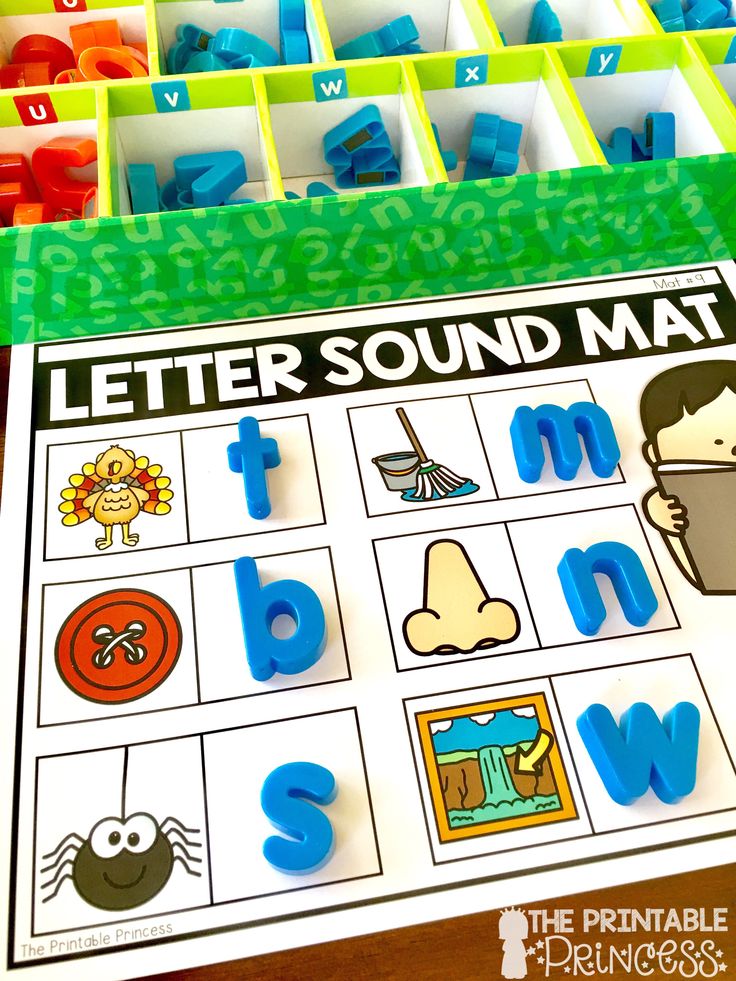 And only after that teach him to hear and find sounds in the middle of a word, and also to determine their sequence in words, first from three, and then from four or five sounds.
And only after that teach him to hear and find sounds in the middle of a word, and also to determine their sequence in words, first from three, and then from four or five sounds.
- The game "House of Sounds" will help you with this.
Draw a house with three windows. Say: “The word “cat” lives in this house. He has three rooms, each with a window. All sounds of the word "sleep" separately. Let's put the word "cat" to sleep. What sound will sleep in the first bedroom? Give the child a blue chip (consonant sound): “This is the first sound. Call him to sleep." The child calls: “K-k-k,” and puts the chip in the first window. Give a red chip (vowel sound), let the baby call the sound “o” to sleep. If he loses it and the second sound “t”, be surprised: “Does “kt” live here? I thought a co-o-ot lives here.”
Make the game more difficult by suggesting words of four and five sounds. Let the child "settle" in the houses all his friends, animals, "put for storage" food, clothes, furniture.
All these games are board games. If your child prefers outdoor games, you can play Sound Relay with him.
- Place three toy cars (you can take potatoes, cups or other objects instead) a short distance from each other and say that each car contains a sound, and together they carry a word. Take the first car and, moving slowly towards the other car, say: "Ssss." Having reached the second car, drive it and pull the second sound "oh-oh-oh." The third machine rumbles in its own way: "mmm." Ask: “What word is driven by cars?”
Introduce the letters to the children along with the sounds. When showing the outline of a letter, say not its name, but the sound that this letter stands for. And introduce children only to block letters. To memorize the correct style of letters, it is good if you look for them in the text, sculpt from plasticine, draw on sand or snow with a stick.
- In order for a child to easily recognize a sound substitute in a letter, include the learned letters in sound games.
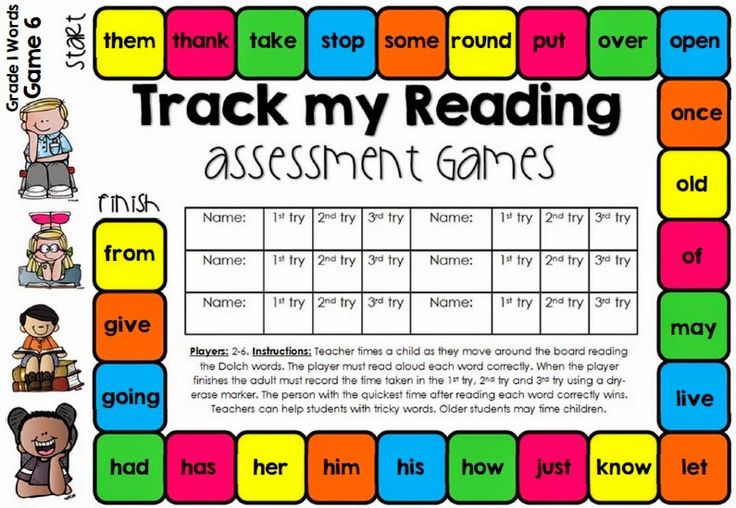 For example, when playing "House with Sounds", offer to enter the letters of the word CAT in the boxes. Carrying words in typewriters (the game "Relay of sounds"), he can load not invisible sounds, but letters of a split alphabet or cubes with the image of letters.
For example, when playing "House with Sounds", offer to enter the letters of the word CAT in the boxes. Carrying words in typewriters (the game "Relay of sounds"), he can load not invisible sounds, but letters of a split alphabet or cubes with the image of letters.
If a child knows letters and is able to distinguish sounds in words, this does not mean that he can read. He has to make one more discovery: to learn how to merge a consonant sound with a vowel.
- This is where the Letter House game can help. The house itself can be cut out of cardboard and cardboard strips with letters can be inserted into its windows so that they can be moved freely. In the first window, fix any consonant, and in the second window, stretch a strip with vowels. Help read the syllables: la, lu, lo, ly.
- So, you have taught your child to read syllables – you can start reading monosyllabic words: “poppy”, “varnish”, “son”. After each read word, be sure to find out if the child understands its meaning.
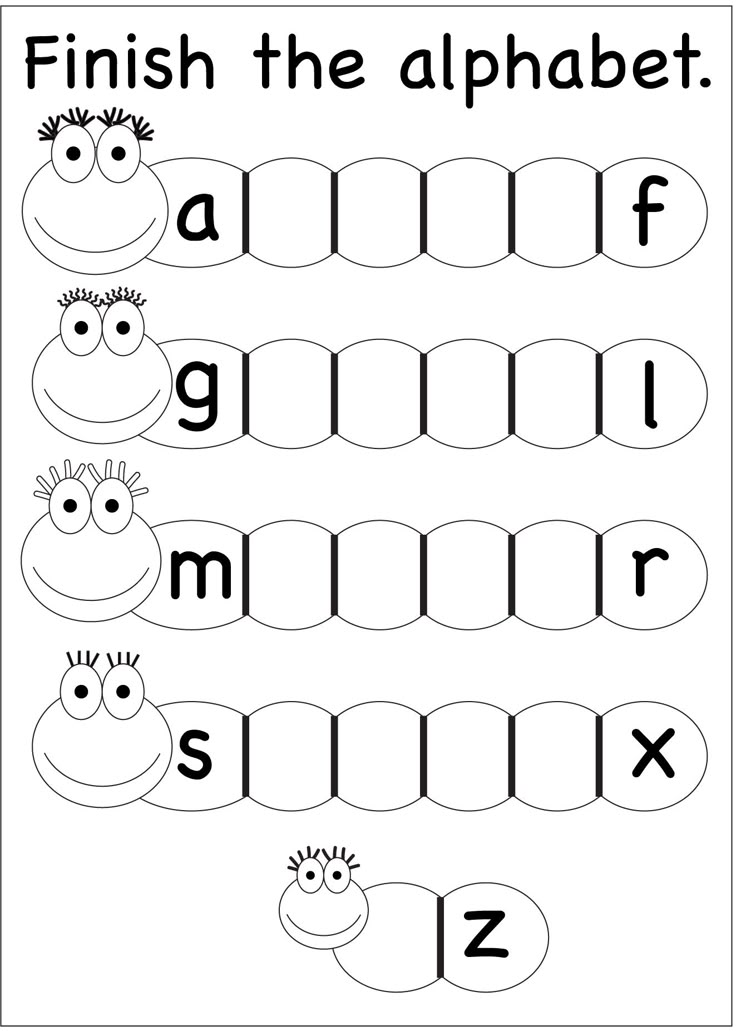 Offer to find a picture with the image of this subject, make a sentence with this word.
Offer to find a picture with the image of this subject, make a sentence with this word.
In conclusion, let's say: teaching children by playing should be simple, without fanfare, but fun, sensible and interesting. Fairy-tale characters can come to visit them, bringing entertaining material in their portfolio, a cheerful Pencil, who can draw magical pictures and diagrams that will come to life with the help of children. They always have a lot of stories, fairy tales about sounds. Together with the Zvukoznaiki, let the Zvukoviki fly in, who will turn every lesson for children into a fairy tale, open up a diverse world of words for them, develop their powers of observation and help in understanding the world around them.
Advice for parents: "Funny games with sounds"
Dear parents!
Children of older preschool age often have difficulties in mastering the skill of phonemic (sound) analysis and synthesis of words.
First, let's define what the mental operations of analysis and synthesis are.
Analysis is the process of mentally dividing a whole object into parts, as well as establishing connections and relationships between them. Synthesis is a process of mental connection into a single whole of the parts of an object and its features, identified in the process of analysis.
The main difficulty that children experience when dividing a word into its constituent elements - phonemes (sounds) is the inability to hear vowel sounds and separate vowel sounds from consonants.
We bring to your attention games and recommendations that will help develop phonemic perception in children (the ability to hear and distinguish speech sounds) and the ability to analyze and synthesize words.
"Say how I am." An adult pronounces a word, highlighting one sound, and the child repeats (mmmylo, car, dommm). It is necessary that the child learns to isolate a specific sound when pronouncing a word.
"Find the place of the sound in the word." To make it interesting for the child, make a road out of colored paper, divide it into three parts, choose a small toy or chip that you will move along the road together.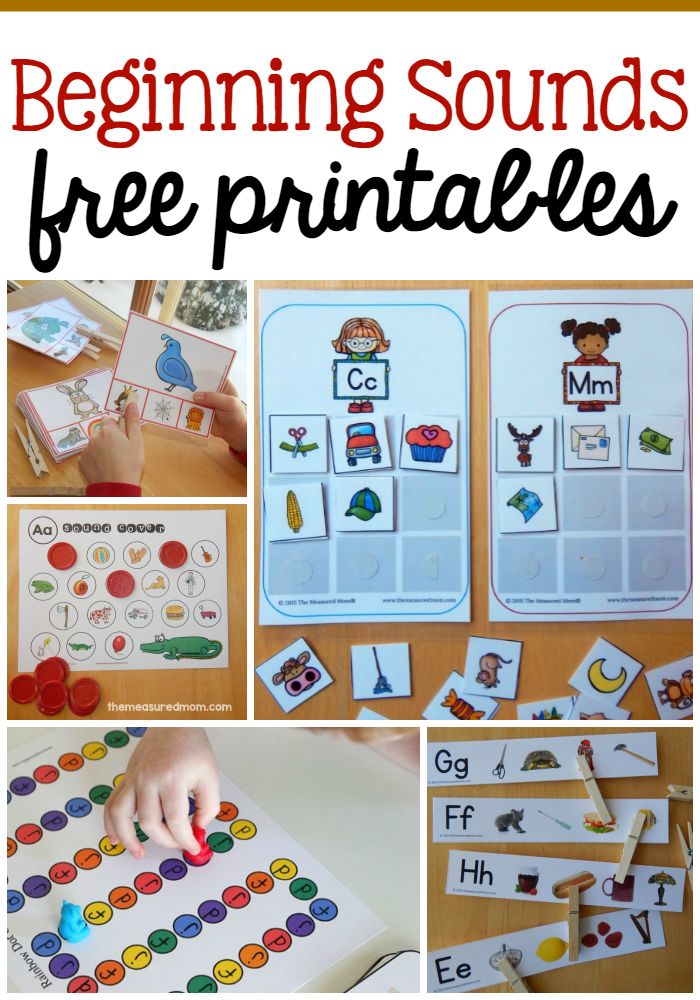 Decide which sound place and in which word you will search. Slowly pronounce the word and focus on the sound (sssok, nosss, missska). If the sound is heard at the beginning of the word, then the toy is at the beginning of the road. If the sound is heard in the middle (end) - the toy moves to the middle (end) of the road and stops there.
Decide which sound place and in which word you will search. Slowly pronounce the word and focus on the sound (sssok, nosss, missska). If the sound is heard at the beginning of the word, then the toy is at the beginning of the road. If the sound is heard in the middle (end) - the toy moves to the middle (end) of the road and stops there.
"Name the first (last) sound in the word." The game is played with a ball. The adult calls the word and throws the ball to the child. The child, having caught the ball, calls the first (last) sound in the word.
"Say the word for the given sound." The game is also played with a ball. The adult calls the sound and throws the ball to the child. The child, having caught the ball, calls the word for a given sound.
Suppose that the child has learned to determine which sound you emphasized when pronouncing a word; he himself can say a word, highlighting any sound in it, name words for a given sound, determine the place of a sound in a word. But this does not mean that he has learned sound analysis. When conducting such an analysis, it is necessary to name the sounds of a word in the same sequence in which they are in this word. That is, if you ask a child what sounds the word “cat” consists of, and he answers you: “The word “cat” has the sound “o”, the sound “k” and the sound “t”, - this means that he He hears individual sounds in a word well, but he still does not know how to conduct its sound analysis.But sound analysis is the basis of competent writing.Just imagine what happens if your child writes down the sounds in a word in an arbitrary sequence!
When conducting such an analysis, it is necessary to name the sounds of a word in the same sequence in which they are in this word. That is, if you ask a child what sounds the word “cat” consists of, and he answers you: “The word “cat” has the sound “o”, the sound “k” and the sound “t”, - this means that he He hears individual sounds in a word well, but he still does not know how to conduct its sound analysis.But sound analysis is the basis of competent writing.Just imagine what happens if your child writes down the sounds in a word in an arbitrary sequence!
In order for a child to analyze any phenomenon, it must be understandable, materially represented. Let's draw a diagram of the sound composition of the word: in the word "house" there are three sounds - let's draw three cells. We will offer the child a picture on which a house is drawn, so that it is clear which word we will parse, and under the house is a diagram of this word: our baby already knows that words consist of sounds.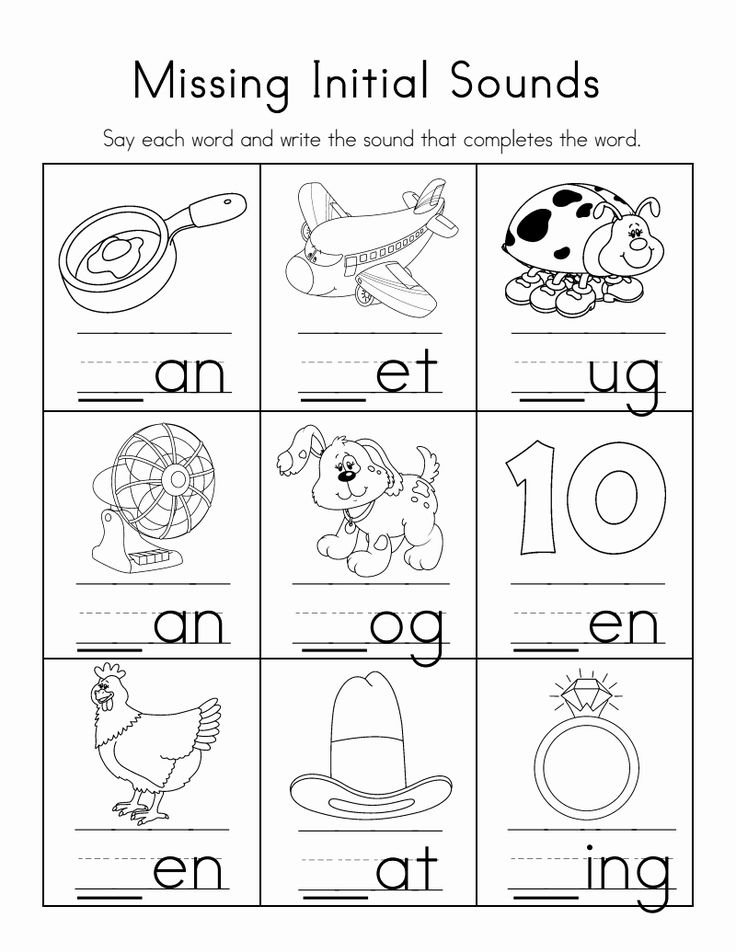 We show him that the cells under the picture suggest how many sounds are in the word. "How many cells?" - "Three". - "How many sounds are there in a word?" - "Also three." - "Let's find these sounds and name them in order. Say the word "house" so that the first sound is heard in it." “D-d-home,” the child says diligently. "What is the first sound in this word?" - "D". - "Very good! Let's close the first cell with a chip, what sound will it be?" - "D". Any material can be used as chips: cut squares from white cardboard or take a mosaic and select white or yellow elements from it. Don't touch the red, blue and green ones - you'll need them later.
We show him that the cells under the picture suggest how many sounds are in the word. "How many cells?" - "Three". - "How many sounds are there in a word?" - "Also three." - "Let's find these sounds and name them in order. Say the word "house" so that the first sound is heard in it." “D-d-home,” the child says diligently. "What is the first sound in this word?" - "D". - "Very good! Let's close the first cell with a chip, what sound will it be?" - "D". Any material can be used as chips: cut squares from white cardboard or take a mosaic and select white or yellow elements from it. Don't touch the red, blue and green ones - you'll need them later.
So, in front of the child is a diagram of the sound composition of the word "house". The first cell is already closed - the first sound in the word is found. You can move on. "Now let's pronounce the word "house" so that we hear the second sound in it; the first, "d", - we already know. Help the child for the first time, say with him: "to-o-oh.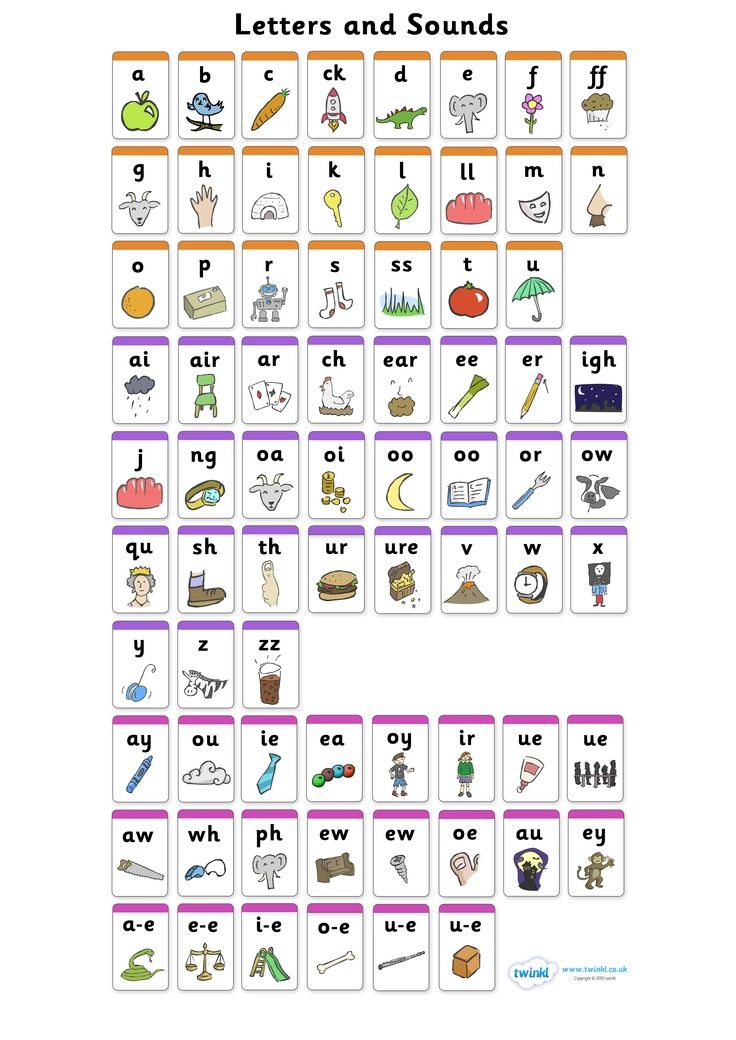 "
"
Here we are the scheme of the sound composition of the word will help: you need to pronounce the word and at the same time move your finger, or better with a special stick - a pointer according to the scheme and stop the pointer on the second cell for a long time. om". "What is the second sound in this word?" - "Oh". - "Excellent! Let's designate this sound with a chip. "The child takes exactly the same chip as the first one and puts it on the second cell. "You see, - you continue, - we already know two sounds in the word "house". Let's find the last sound in this word. Say the word "house" so that the last sound is heard."
And again, you move the pointer along the already almost completed word scheme and say: "do-m-m-m." "What is the last sound in the word 'house'?" - "M", - the child answers and puts the last, third chip on the diagram. It is very important to ensure that the child pronounces the word in strict accordance with the movement of the pointer, otherwise he will skip sounds.
Here is the first sound analysis of the word. When studying with a child, you need to remember all the time: we teach him the sound analysis of the word, we teach him to listen to the word, to hear the sounds that make it up. Therefore, sounds should be called as they are heard in the word!
In the preparatory group of the kindergarten, the children get acquainted with the characteristics of sounds and learn to make a sound analysis of a word using special color designations. To help a child make a sound analysis of a word, an adult must himself be guided in which sounds are vowels and which are consonants. Let's remember that vowels are sounds, during the formation of which the air in the oral cavity does not encounter obstacles in its path. Only the voice is involved in the formation of vowel sounds. These sounds can be sung. Vowel sounds are marked in red.
Consonant sounds - speech sounds consisting of voice and noise or only noise that is formed in the oral cavity, where the air stream meets various obstacles: lips, teeth, tongue and palate.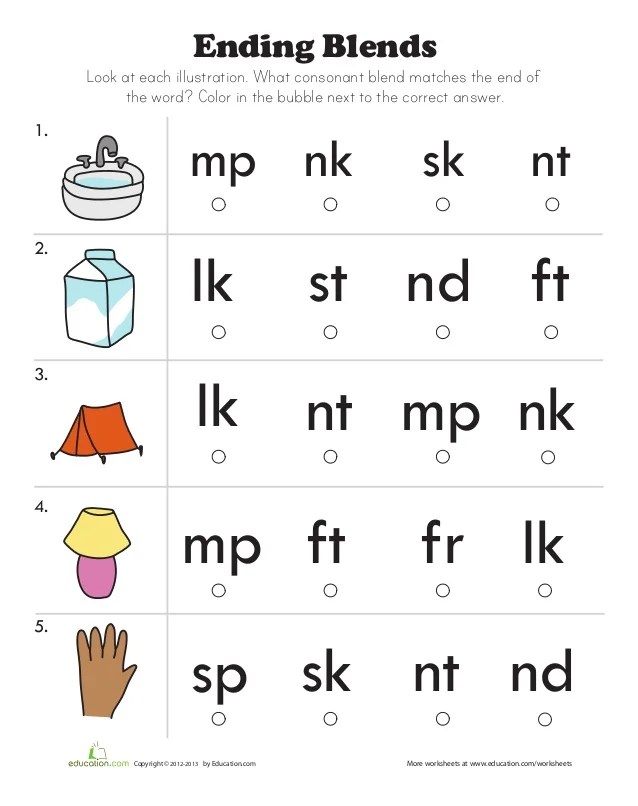 Consonants are hard and soft. Hard consonants, for example, the sound "n", we designate in blue, and soft consonants, for example, the sound "n", - in green.
Consonants are hard and soft. Hard consonants, for example, the sound "n", we designate in blue, and soft consonants, for example, the sound "n", - in green.
To make the child interested, include entertaining moments, try to maintain a strong interest in joint play activities, a desire to learn new things and acquire knowledge and skills. A child can make word schemes using not only cards and chips, but also with the help of buttons, toys of the appropriate colors. You can make a sound analysis box and fill it with tokens. Working with multi-colored mosaic elements, chips, tokens, buttons develops fine motor skills of fingers, visual perception and attention.
Choose the items you like and make a sound analysis of the word with your child. For example, the words "poppy".
"M-m-mack" (the sound "m" is emphasized) - tell me how I am. What is the first sound in this word? Is it a vowel or a consonant? Why? Is this consonant hard or soft? Take the token that stands for the consonant solid sound "m" and put it under the picture.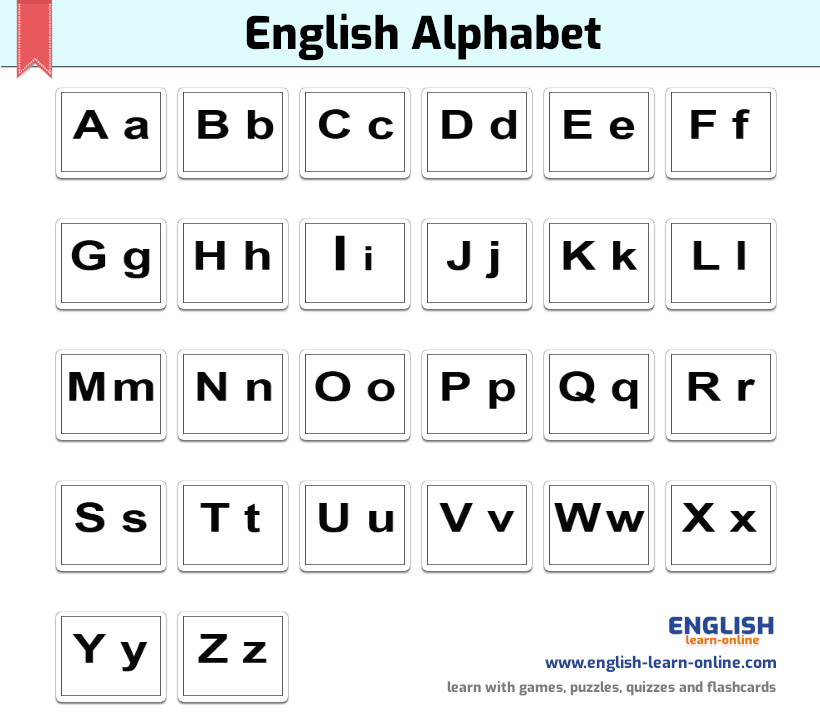
"Ma-a-ak" - tell me how I am. What sound do you hear after the "m" sound? What is this sound? Why? Take the token that represents the vowel sound "a" and place it also under the picture to the right of the first token.
"Mak-k-k" - tell me how I am. What is the last sound in this word? Is it a vowel or a consonant? Why? Take the token that represents the consonant sound "k" and put it again under the picture after the token that represents the sound "a".
Name all the sounds in the word "poppy" in order. What is the first sound in the word poppy? What is the final sound in this word? Where is the sound "a": at the beginning, at the end or in the middle of a word? Name the vowel sound in the word. Name the consonant sounds in the word. What are they: hard or soft? How many sounds are in the word poppy?
Sound analysis results in a colorful scheme.
Now you can invite your child to draw it in a notebook in a cage or on a piece of paper and pronounce the word again by sounds. It is not recommended to move on to the sound analysis of complex words without mastering simple ones.
It is not recommended to move on to the sound analysis of complex words without mastering simple ones.
To develop sound synthesis, play the game "Guess the word" with your child. You name individual sounds, and the child guesses the word, for example, "k", "o", "t" - "cat".
Good luck to you and your children!
Games with sounds and letters for preschoolers, Krupenchuk O.I. . Getting ready for school, Litera, 9785944558916 2016 230.90 rub.
Krupenchuk O.I.
Series: Getting Ready for School
Only 1 left.
230.90 rub.
-30% after registration
Available in 1 store
Irkutsk, ProdaLit Trade complex
The price in the store may differ
from the price indicated on the website.
Share link B:
Publishing House: LOCK
ISBN: 978-5-944455-891-6
barcode: 9785944558916
Pages: 64
Cover type: Soft
: 2016
NAC NAC NAC :10%
Code: 455316
Description
The book offers educational games with letters and sounds that will help the child to master the sound-letter analysis of words, learn the alphabet, learn how to compose words from letters and syllables, and also form the skills necessary for teaching at school. The book is intended for children and parents, speech therapists and educators.
The book is intended for children and parents, speech therapists and educators.
See all
$227.00
-20% after registration
Speech card for examination of a preschool child (2022)
Krupenchuk O.I.
280.00 rub.
-20% after registration
Speech therapy exercises: Articulation. gymnastics: 4-6 years old (2022)
Krupenchuk O.I., Vorobieva T.A.
373.50 rub.
-20% after registration
speech cards. Poems for speech development: 34 cards (2020)
Krupenchuk O.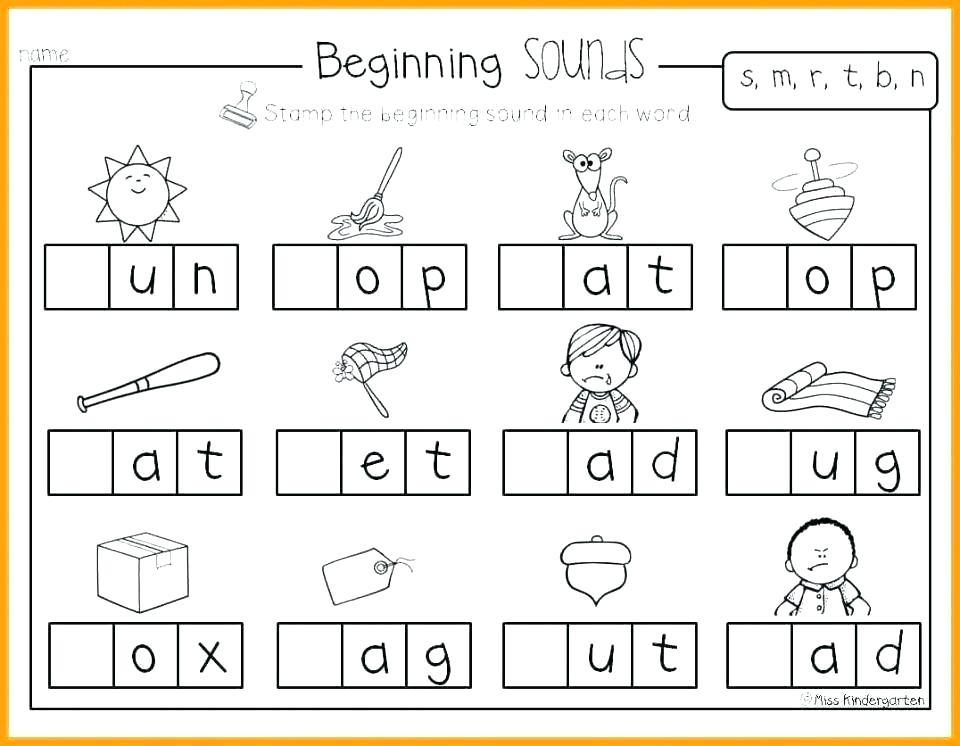 I.
I.
373.50 rub.
-20% after registration
speech cards. Finger games: 34 cards (2020)
Krupenchuk O.I.
200.00 rub.
-20% after registration
We train fingers - we develop speech! Will prepare. kindergarten group: 6+ (2020)
Krupenchuk O.I.
$186.50
-20% after registration
Finger games 4-7 years old (2020)
Krupenchuk O.I.
$267. 00
00
-20% after registration
Movement and speech. Kinesiology in the correction of children's speech (2019)
Krupenchuk O.I., Vityazeva O.V.
RUB 230.00
-30% after registration
Poems for the development of speech: For children 4-6 years old GEF DO (2018)
Krupenchuk O.I.
$230.90
-30% after registration
Games with sounds and letters for preschoolers (2016)
Krupenchuk O.I.
$156.60
-30% after registration
Preparing a hand for writing: Contour, line, color: 5-6 years: Manual .
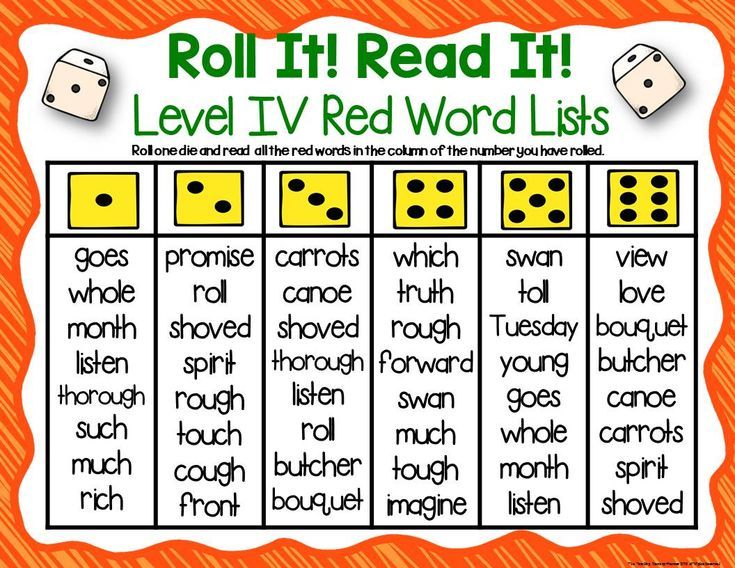 .. GEF DO (2016)
.. GEF DO (2016) Krupenchuk O.I.
$148.50
-30% after registration
Ladushki: Finger games for kids: For children 1-3 years old GEF DO (2016)
Krupenchuk O.I.
$346.30
-30% after registration
finger games (2015)
Krupenchuk O.I.
$245.50
-30% after registration
Speech therapist's work plan for the academic year: Kindergarten preparatory group (2014)
Krupenchuk O.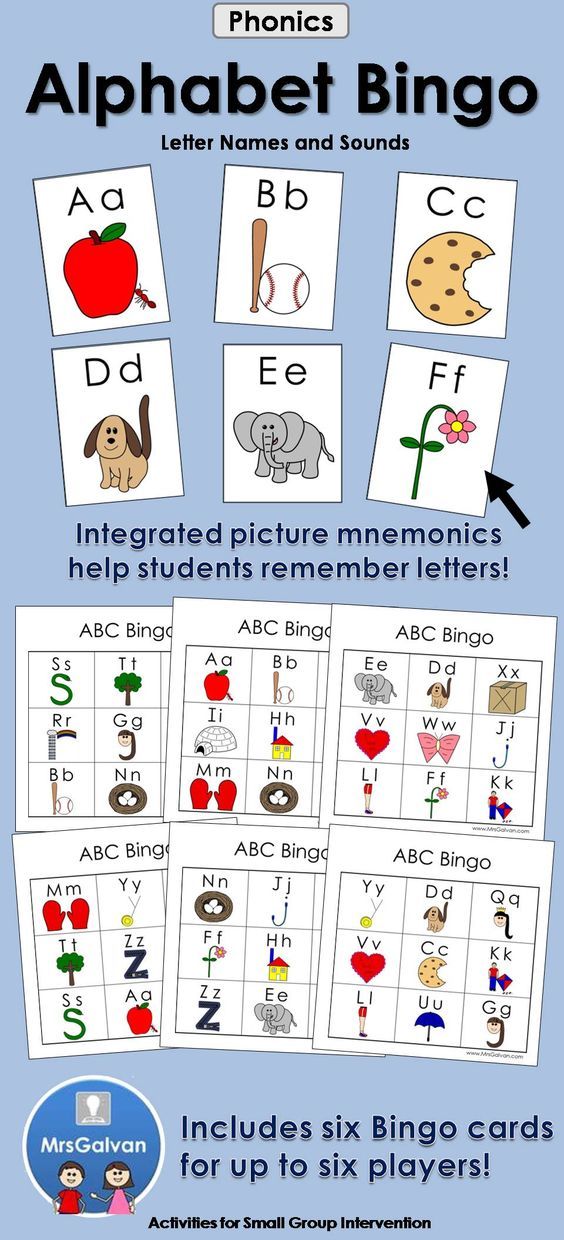 I.
I.
RUB 165.00
-30% after registration
Interactive articulation gymnastics (2014)
Krupenchuk O.I.
$247.40
-50% after registration
Notebook of interaction between speech therapist and educator: Senior and prepare. group (2013)
Krupenchuk O.I.
280.60 rub.
-50% after registration
Album for the development of intelligence for children 4 years old (2012)
Krupenchuk O.I.
280.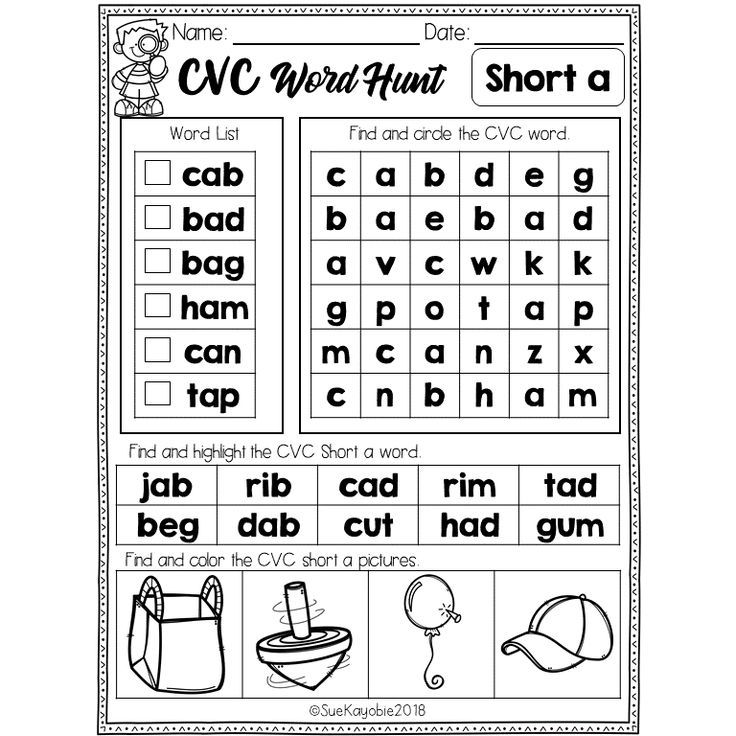 60 rub.
60 rub.
-50% after registration
Album for the development of intelligence for children 3 years old (2012)
Krupenchuk O.I.
$415.70
-50% after registration
Teach me to read! A method of step-by-step teaching to read. ABC and primer (2011)
Krupenchuk O.I.
267.00 rub.
Learn letters: For children 5-6 years old (2022)
Krupenchuk O.I.
Stores
586.50 rub.
Teach me to speak correctly! For children 4-6 years old.
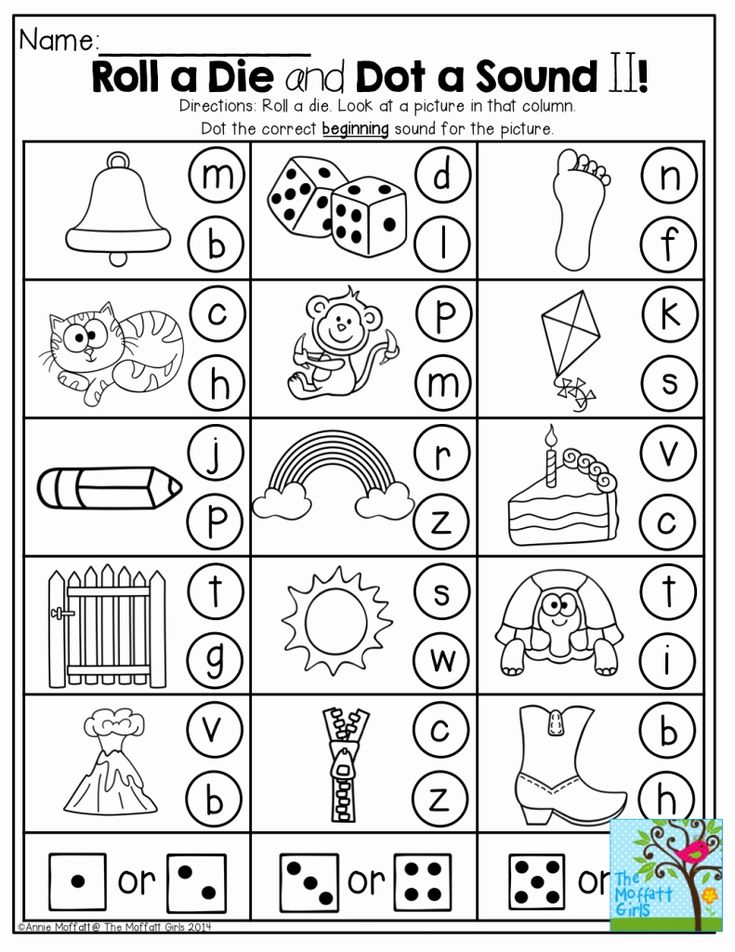 Comprehensive methodology... (2021)
Comprehensive methodology... (2021) Krupenchuk O.I.
Stores
See all
$111.00
-20% after registration
We read fairy tales after the primer: For children 6-7 years old (2020)
Bortnikova E.
306.50 rub.
-20% after registration
I read myself, I write myself: Copybooks that will help you master reading (2020)
Klementovich T.F
$74.00
-20% after registration
Encyclopedia for preschoolers with a cheerful raccoon.
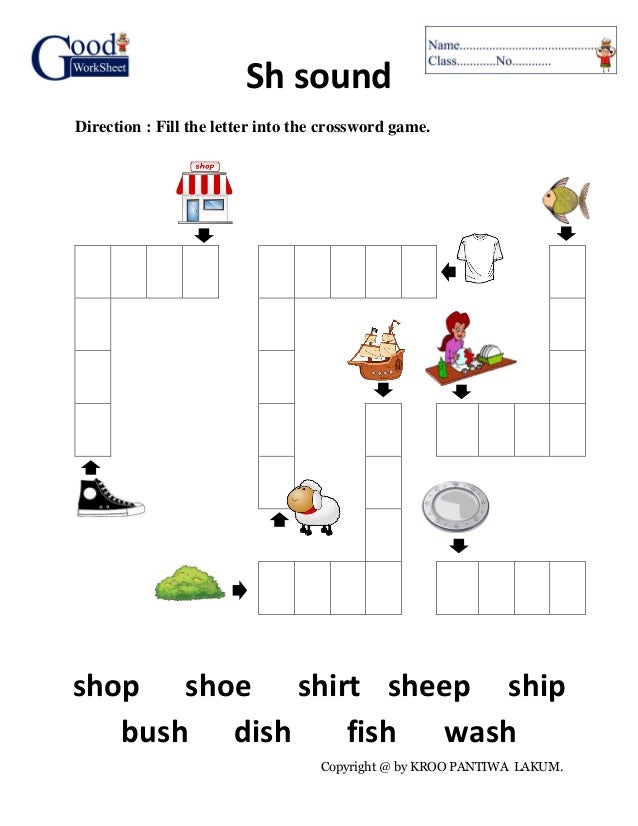 The human body (2019G.)
The human body (2019G.) Fridl I., Gorgas M.
$74.00
-20% after registration
Encyclopedia for preschoolers with a cheerful raccoon. Planet Earth (2019)
Fridl I., Gorgas M.
$74.00
-20% after registration
Encyclopedia for preschoolers with a cheerful raccoon. Animals around us (2019)
Fridl I., Gorgas M.
$74.00
-20% after registration
Encyclopedia for preschoolers with a cheerful raccoon.
 How people live (2019)
How people live (2019) Friedl I., Gorgas M.
365.50 rub.
-20% after registration
Encyclopedia for preschoolers (2019)
Fridl I., Gorgas M.
421.00 rub.
-20% after registration
My first experiences and experiments (2019G.)
Wilmer-Klump S.
$74.00
-20% after registration
Encyclopedia for preschoolers with a cheerful raccoon. me and others (2019)
Friedl I.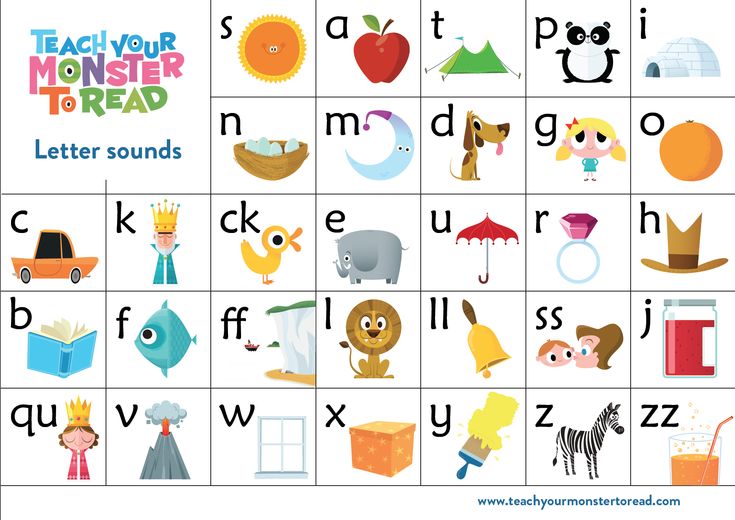
200.00 rub.
-20% after registration
I am learning to write numbers (2019G.)
Klementovich T.F
383.50 rub.
-30% after registration
Prescriptions for children in need of an individual approach (2018)
Guzenko T.V., Kayukova A.L.
$214.50
-30% after registration
Teach me to read! Improving reading technique and speed (2018)
Krupenchuk O.D.
RUB 307. 00
00
-30% after registration
I am learning to write beautifully: For children 5-6 years old (2018)
Klementovich T.F.
$230.90
-30% after registration
Album for the prevention of dysgraphia: Patterns and recipes for the left and right hand: (2017)
Aleksandrova E.S.
$230.90
-30% after registration
Album for the prevention of dysgraphia: Visual series: 6-7 years (2017)
Aleksandrova E.S.
$230.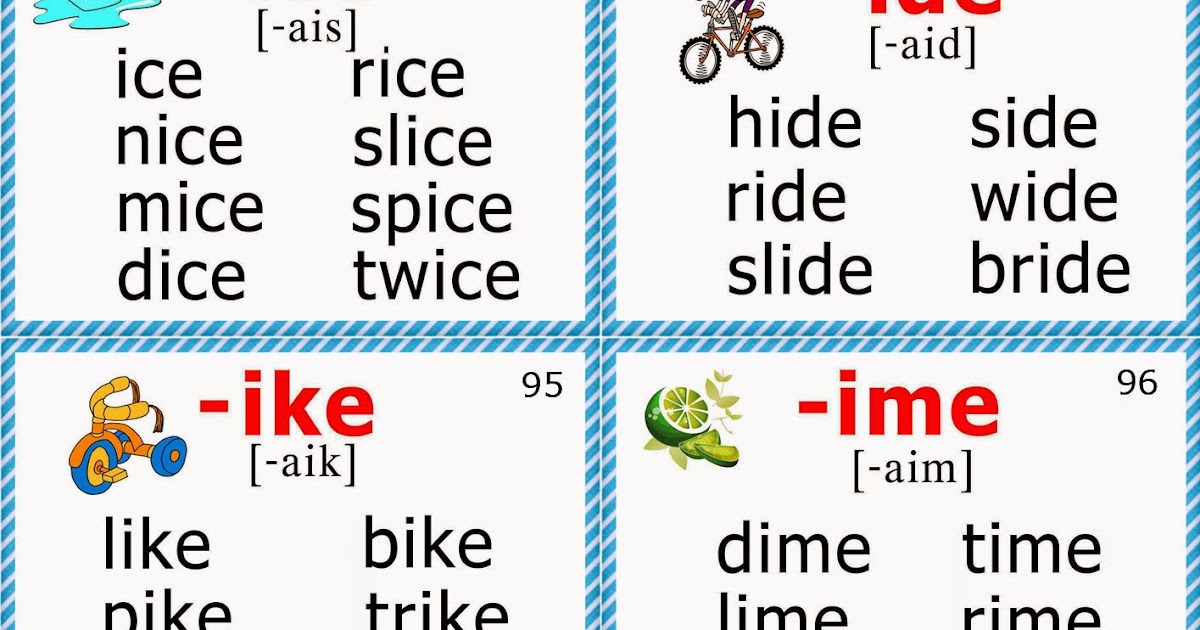 90
90
-30% after registration
Album for the prevention of dysgraphia: Pattern alphabet: 6-7 years (2017)
Aleksandrova E.S.
$230.90
-30% after registration
Album for the prevention of dysgraphia: Smart mazes: 6-7 years (2017)
Aleksandrova E.S.
$230.90
-30% after registration
Everything a preschooler should know when entering first grade (2017)
Pankova L.N
$230.90
-30% after registration
Games with sounds and letters for preschoolers (2016)
Krupenchuk O. I.
I.
$230.90
-30% after registration
Literacy education in kindergarten and at home (2016)
Savitskaya N.M.
See all
RUB 335.00
-20% after registration
Morning exercises in kindergarten. 2-3 years: Complexes of exercises. GEF (2022)
Kharchenko T. E.
RUB 453.00
-20% after registration
Educational activities on walks. Card file of walks for every day according to the "Childhood" program. The first junior group (from 2 to (2021)
Nebykova O.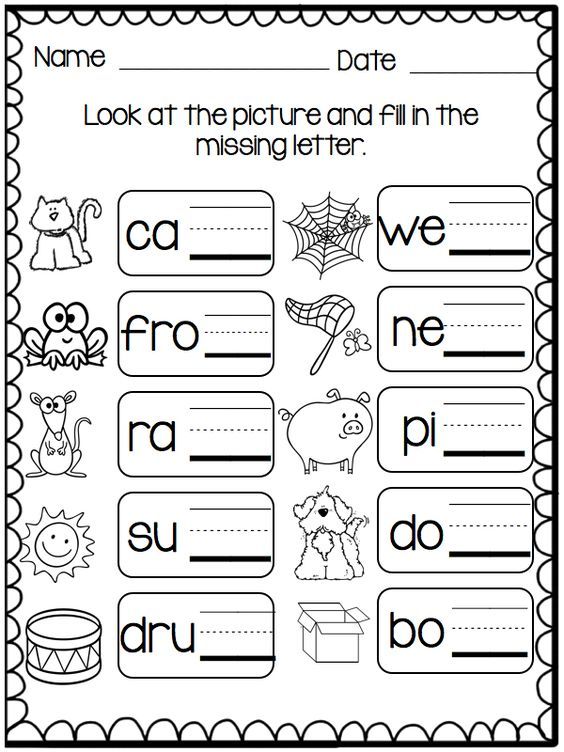 N.
N.
$240.00
-20% after registration
Diagnostic tools for the program "Childhood". 6-7 years old. preschool group (2022)
Ivashkova O.V.
RUB 564.00
-20% after registration
Physical education in kindergarten. 3-4 years: Lesson notes for work (2022)
Penzulaeva L. I.
$50.50
Handout cards Wintering birds (16 pieces) (2020)
Tsvetkova T.V.
Stores
RUB 306.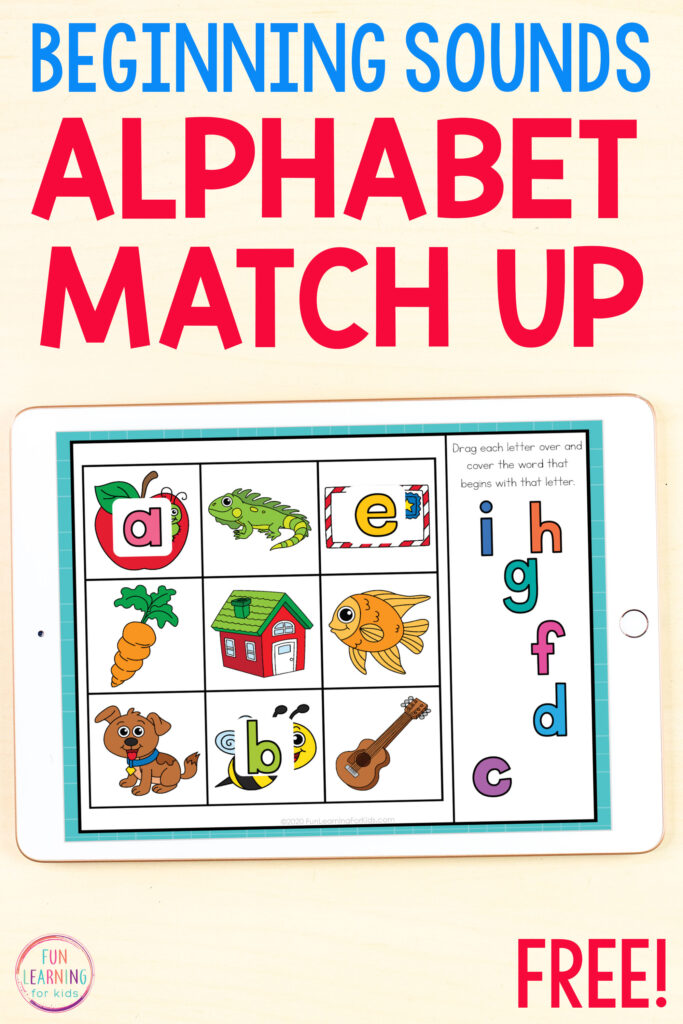 00
00
-20% after registration
Laboratory of professions: abstracts of educational activities: 5-6 years: Method. settlement (2020)
Shadrina N.V., Stepanova N.V.,
298.30 rub.
-30% after registration
Picture conversations. Speech development of children 3-4 years old: Part 1: 16 GEF drawings (2016)
Gromova O.E., Kabushko A.Yu., Sol
$297.00
-20% after registration
With a pure heart. 5-7 years: Partial program of spiritual and morals. bring up (2019G.)
Belousova R.Yu., Egorova A.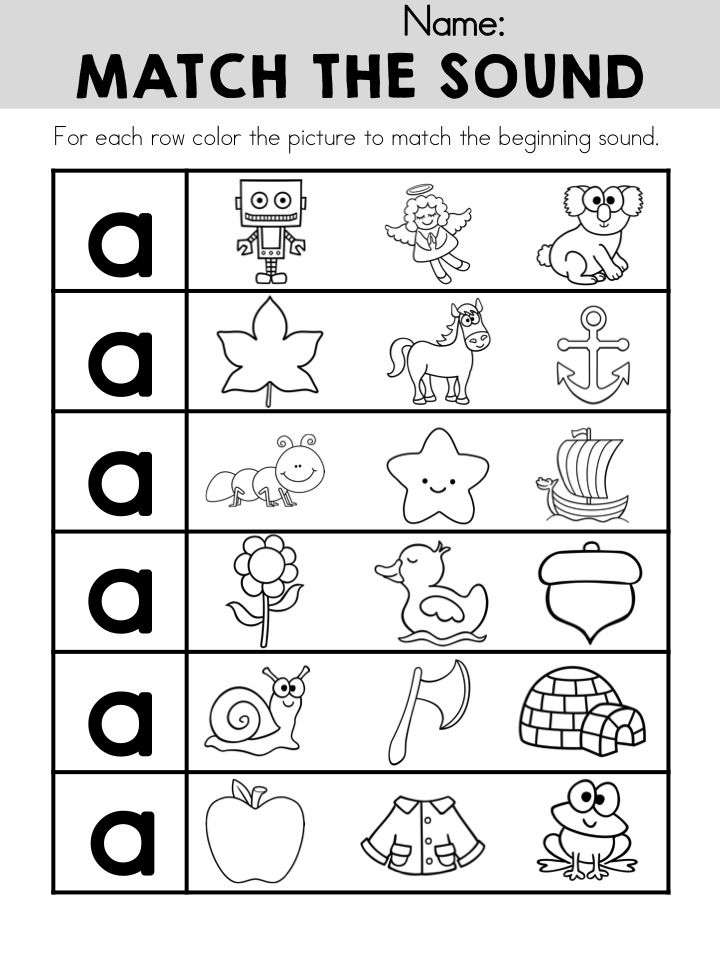 N., Kalinkina Yu.S.
N., Kalinkina Yu.S.
$417.00
-20% after registration
Fiction for children 3-5 years old: Methodological guide. GEF DO (2022)
Vasyukova N.E.
$236.00
-20% after registration
Drawing in different ways with older preschool children. 6-7 years old (2021)
Cherepkova N.A.
$210.00
-20% after registration
Mathematics in kindergarten: Scenarios for classes with children 5-6 years old GEF (2022)
Novikova V.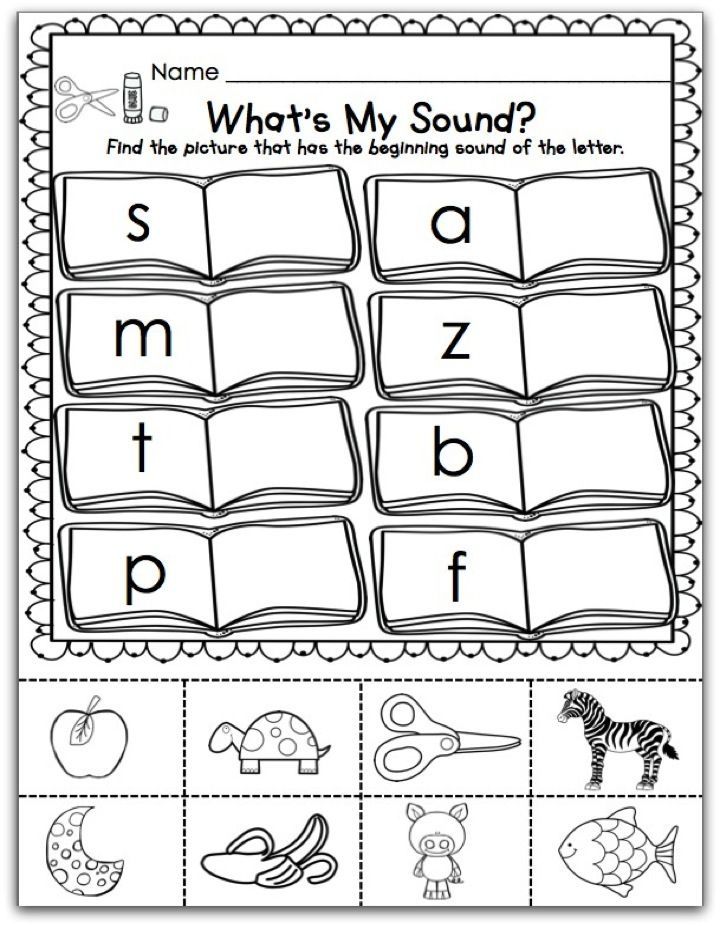 P.
P.
RUB 859.00
-20% after registration
Encyclopedia of children's motivation (2022)
Yagodkin Nikolay
325.50 rub.
-20% after registration
Demonstration material: Grammar fairy tales: Speech development of children 5-7 years old (2019G.)
RUB 392.00
-20% after registration
Methodological recommendations for organizing the work of a teacher in a group early (2020)
Stefanko A.V.
$117. 50
50
-20% after registration
Teaching children 5-6 years old English: Classes, games, activities (2020)
Shabelnikova E.Yu.
$179.00
-20% after registration
I'm smart: Educational tests: 3 to 5 years (2020)
Vatutin Yu.
$312.50
-20% after registration
Original scripts for creative projects in kindergarten and elementary school: Theatricalizations for the holidays. Contemporary dramatizations. Children's performances (2021)
Sigurova I.A.
RUB 374.


